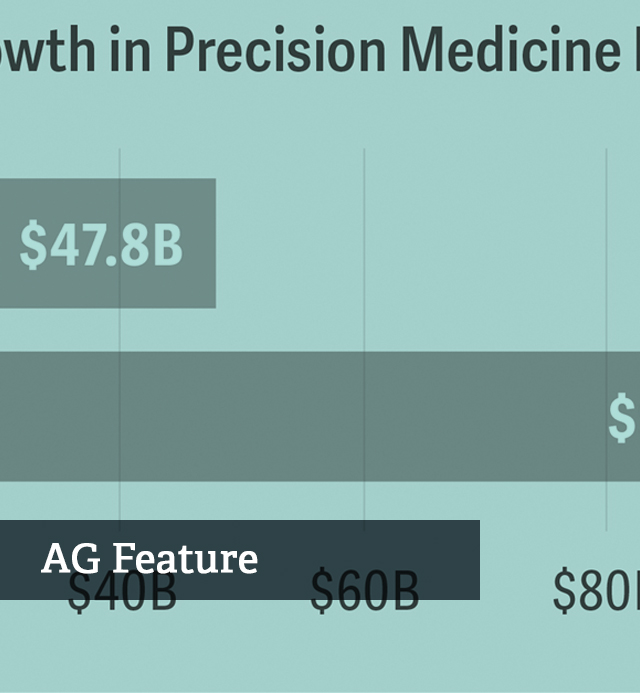Personalized Medicine
The benefits and cost impacts of a treatment can vary significantly among patients. It is therefore important to identify subpopulations of patients who receive the greatest value from a product. A reasonable goal is to target the use of a treatment to the largest population for which it is beneficial and cost-effective at a given price. In our experience, this involves making trade-offs among price, return on innovation, total societal costs, and benefits. Optimizing these trade-offs requires a thorough understanding of how treatment effects vary among individuals. In our work in personalized medicine, we have used a variety of data sources, including electronic medical records, claims data, and clinical trials.
Working closely with academic affiliates, such as Harvard biostatistician Professor Lee-Jen Wei, Analysis Group has applied new methodologies to identify the optimal treatment choice for each patient based on a large number of individual characteristics in addition to disease status. This approach has proved useful for identifying high-value subpopulations in early-phase trials that can be confirmed in later-phase trials, and can shed light on important health economic trade-offs in an era of individualized care.
Selected Examples of Our Work
- Signorovitch JE, Betts KA, Meng X, Zhuo Y, Wu EQ, Shi L. Which Newly Diagnosed Diabetics Should Receive Dietary Counseling Services? Estimating Individualized Treatment Allocations that Optimize Cost-Effectiveness in Real-World Data. Value in Health. 2014. 17(7), A358.
- Matsouaka RA, Li J, Cai T. Evaluating Marker‐Guided Treatment Selection Strategies. Biometrics. 2014;70(3), 489–499.
- Erder MH, Signorovitch JE, Setyawan J, Yang H, Parikh K, Betts KA, Xie J, Hodgkins P, Wu EQ. Identifying Patient Subgroups Who Benefit Most from a Treatment: Using Administrative Claims Data to Uncover Treatment Heterogeneity. Journal of Medical Economics. 2012; 15(6), 1078–1087.



